
New Noise Monitors
I have the new version 2 noise monitors ready. All the electronics are in an enclosure, making for a quicker and weather resistant setup. Read about Noise Monitor v2 here.
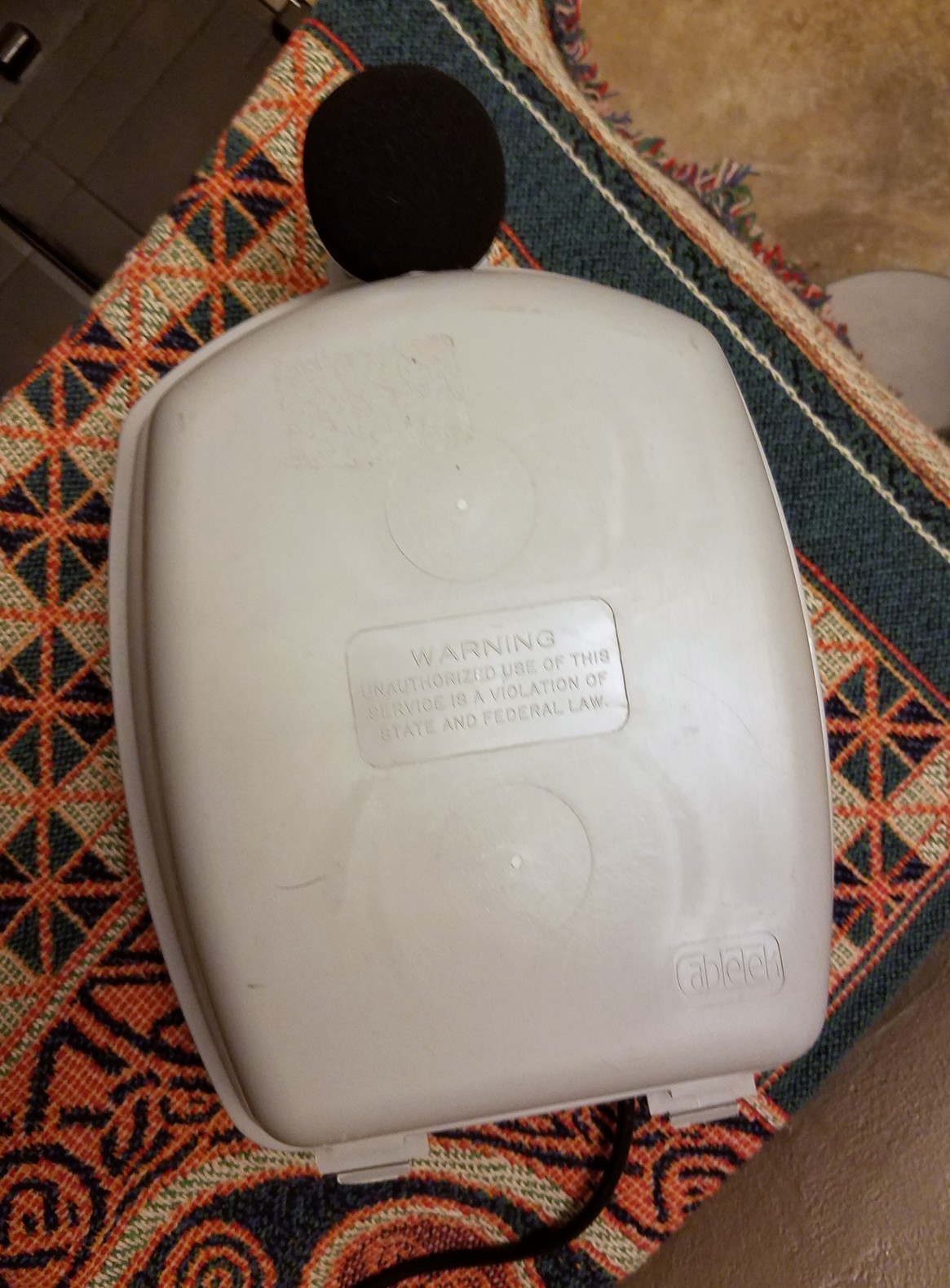

I have the new version 2 noise monitors ready. All the electronics are in an enclosure, making for a quicker and weather resistant setup. Read about Noise Monitor v2 here.


A disturbing sharply rising trend has been developing since 2014, the rise of people striking aircraft with lasers. It happens near airports and now it is happening on the low overflights brought on by the NextGen program. These strikes have risen by over 160% in the last year alone. Now more than ever, people in aircraft are in jeopardy because the FAA has brought people to the boiling point by forcing aircraft to fly low and loud. Lasing is a terrible thing to do. Those who do it are endangering innocents, but the primary fault lies with an uncaring agency, the FAA, who prioritizes airline profits over everyone's safety, whether in flight or on the ground.
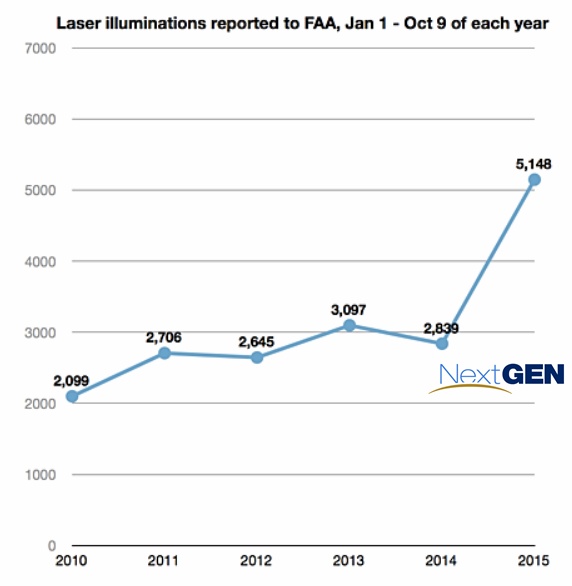

I just added a new feature to the WEB site. You can now see what the noise monitors are recording in real-time. With only a 10 second delay in the displayed data, you can now watch how the NextGen overflights affect the neighborhoods and rural communities. Each circle represents a noise monitor. The size of the circle increases as the noise gets louder. Click on the circle to see the exact A-weighted sound level. Click here to see the noise map.
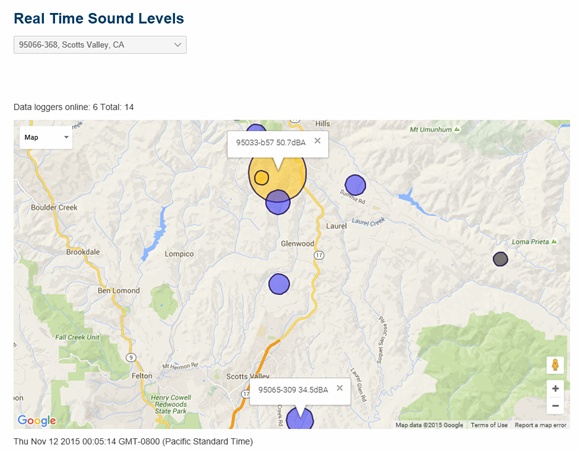

The second wave of deployment is underway, and now we have many more digital ears listening 24/7 to the noise inflicted on us by the FAA's misguided NextGen program. All this goes to congress, to advocacy groups, to lawyers, even to airports if they wish to help. It is not just Santa Cruz either. The build-out for citizen driven noise monitoring and action is happening nationwide.
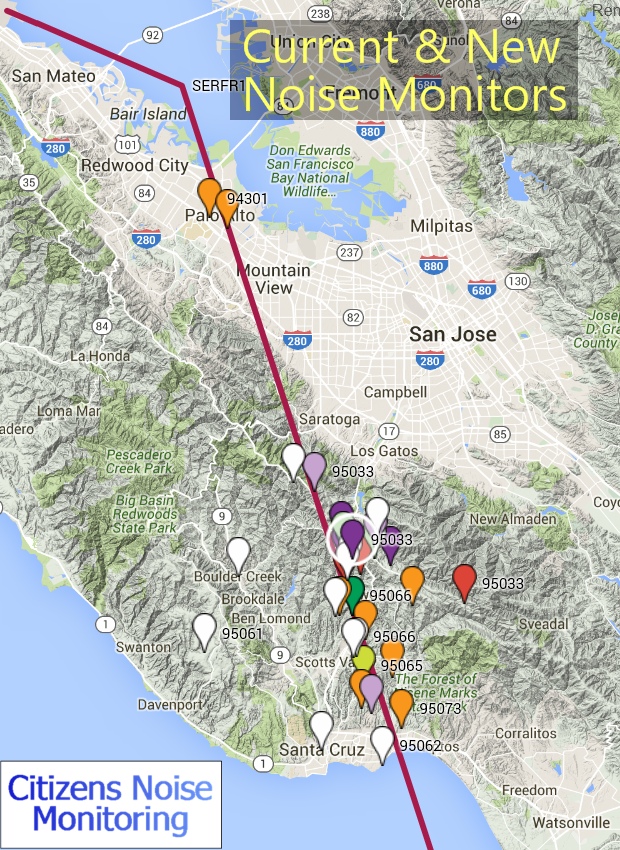

Finally, some congressional scrutiny. Congresswoman Eleanor Norton is pressing for a review of the noise abuse foisted onto us by the FAA. Contact your representatives and demand that they support her. Norton wrote: "There are reports from throughout the country of intolerable nighttime and early morning airplane noise in residential neighborhoods, much of it caused by new flight paths designed to implement NextGen…. Airplane noise has become a nationwide issue for many members of our Committee and many other Members. A congressional hearing at this time would help our Committee discover what FAA is doing to mitigate noise; whether NextGen, commercial airlines, or other factors are responsible for increased airplane noise; and what can be done about it."

The fight begins in earnest. This is a national problem, a blight of noise brought on by an uncaring FAA. And now a national response begins. Join the fight in whatever way you can. Take back what was taken from you by a captured agency. Go after them, go after the airports. Here are some ways:

Though many aircraft are using NextGen point to point overflights, airports have a strong say on their scheduling because of
operational considerations. Here we see that SFO enjoys the ability to perform tandem landings on their two parallel runways.
They feed the right runway via over the San Francisco bay overflights and feed the left runway via SERFR1 routes as well as
inbound northern and oceanic flights that angle in to join SERFR1. The result is a terrible din over the Santa Cruz ountains.
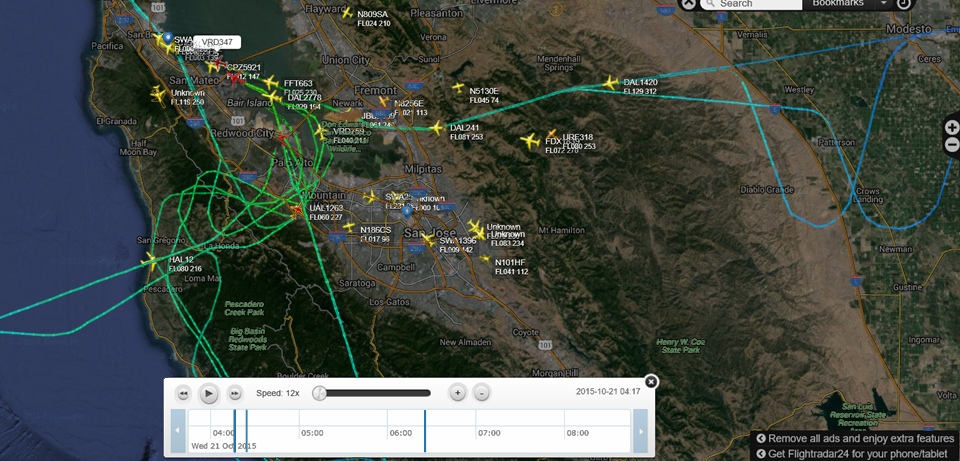

October 24th is national NoFly Day of protest. Tell the FAA that the massive increase in jet noise across America is not acceptable. The airlines need to
understand that they too are complicit in this noise pollution.
(Go here for details. Sign the pledge, find your nearest protest place)


The FAA received a 6 month funding appropriation without any constraints or direction (read story here. In this congressional meeting video, we see the stakeholders extol the reauthorization of the FAA funding, and demand the immediate, swift, and full implementation of NextGen. It's full steam ahead. It is all about new products and not a mention of community noise issues. The following video starts at the point of the discussion of the FAA modernization programs.

Back in July 2015, the Quiet Skies coalition of representatives sent a letter to Bill Shuster (Chairman of the House Committee on Transportation) and Peter DeFazio (ranking member of the Committee on Transportation and Infrastructure) about the 2015 Federal Aviation Administration Reauthorization Act. The hope was to influence them to amend the act to include language to mandate the FAA do a better job on how they handle noise issues. Sadly, the act passed without any of the language, so it is NextGen full bore. Download it here

With planes roaring as low as 100 feet over homes, residents in Chicago suburb sue. The familiar refrain from city officials to the affected residents was "...would not have a material impact upon their lives, property or neighborhoods". The number of flights "would not be significant..." More here in this Chicago Tribune story.

The noise monitor build-out has begun. Greg and I have been testing them, trying different configurations, and we have settled on a simple free standing pole mount. The tripods are too easy to kick over, and they take up too much footprint. The unit to the right in the photo below is the design that will be deployed. The 1st wave will be 5 units. What happens next is I will contact everyone who expressed interest in a monitor. I will ask for your street address because we have in mind some locations where we want the first ones to be located (the summit area needs coverage). Once we select the first candidate locations we will schedule site visits. We will be looking for decent sky view, not too much ambient traffic noise, an outdoor electrical outlet that can be committed 24/7. We also will see if the unit can connect to your Wi-Fi network reliably. If it all works out we'll perform the set up, get it online and monitoring.
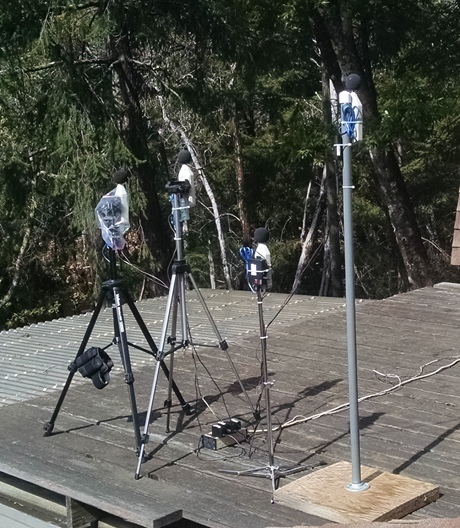

A question I get asked by people, including SFO, is how do we ensure the data is accurate and reliable. When noise monitors are placed out in the elements, the electronics is subjected to temperature swings, and that could shift their readings. To ensure the meters are making accurate readings, we have a process where a known quality calibrator is attached to each meter periodically and the results are recorded. Here is an example of a recent calibration test. The last one took place 9/4, and the meter was calibrated to 93.9 / 113.7. As you can see below the calibration has held to date:
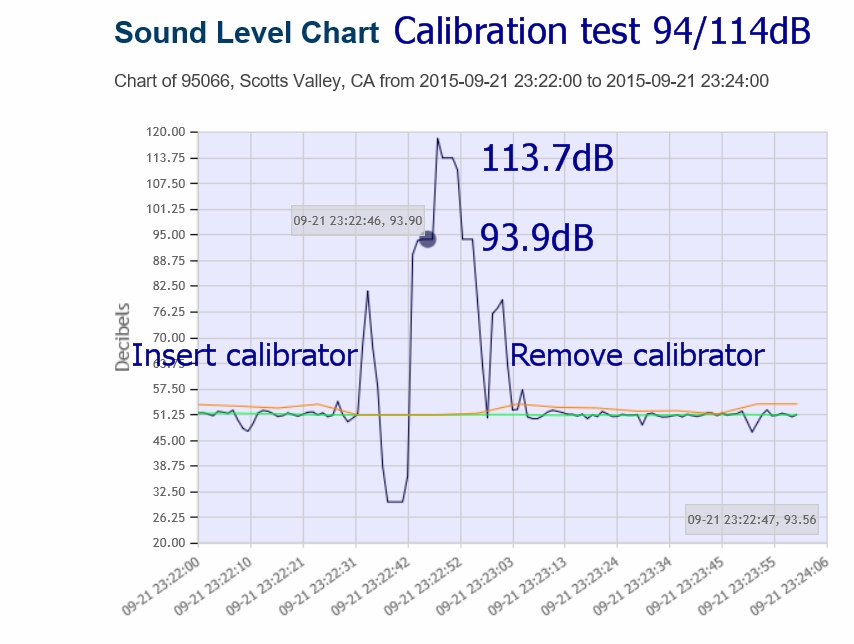

I just expanded an earlier blog entry on the noise monitor specifics. You can find the article at this link (click here). The article describes what you get and how much it costs. There will be questions, nonetheless, and so I have prepared this FAQ:

I have six monitors up, presently in places where we can test them thoroughly before full deployment happens. They have now undergone the heat test since several of them were exposed to the last few days of 100F temperatures. Also, we found a problem with the units losing connection on occasion. That problem has been fixed.
Have a look at the charts. Click here to see an example of the data collected. Select 95066, Scotts Valley then click on the Last 15 button to display the last 15 minutes of noise data in real time.

At the last Save Our Skies Santa Cruz meeting a week ago, I discussed the networked noise monitor and logger system I am deploying throughout various parts of the country. I call it the Citizens Noise Monitoring system. This WEB site is part of that system. This project started out local to Santa Cruz, but through the spirit of cooperation it is beginning to spread. There is networked logger in Cambridge, and Belmont Massachusetts, and another one in north Scotts Valley. I have requests pending to deploy another thirty throughout Santa Cruz county, Palo Alto, and the Boston area.. I designed and developed it after it became clear we need hard data coupled with complaints to disprove a decades old noise analysis model that the FAA uses to dismiss complaints.
The system is a commercially sold sound level meter (built to NIST type-2 standards) that is connected to a small microcomputer. It records the sound pressure levels, one reading each second 24 hours a day, 7 days a week, and then sends the readings to a central server for analysis. Click here to see an example of one the charts that can be produced. Select 95066, Scotts Valley then click on the Last 15 button to display the last 15 minutes of noise data in real time. What will also be available to people who host a noise monitor is a disturbance list that is generated from the collected noise readings. You will be able to copy then paste that list to your complaint emails.

I went to Rep. Sam Farr's town hall meeting last night. There is movement he says, but we need to keep complaining. It is getting recognized as a national problem. You can read more about the meeting by clicking here.

I am almost done connecting the chart maker to the noise database. It's going to be quite nice to select by area, then by a range of time or by trigger levels.

Sign the pledge today for national no-fly day, which takes places October 24th. Give the FAA and the airlines the message that we are not putting up with the massive noise increases the created when they implemented NextGen. Go here to sign the pledge.

The initial WEB site pages are finally done. Took a while to get the template done, but definitely got a good head start using the open design template factory.